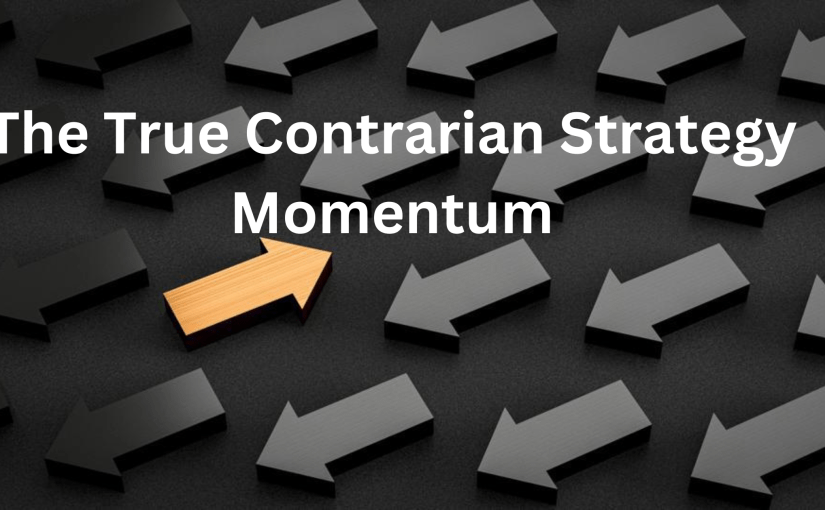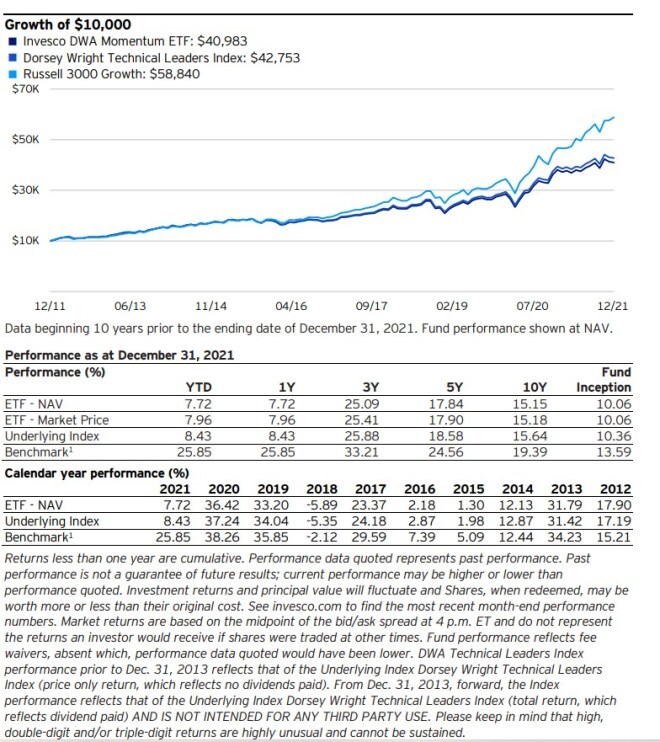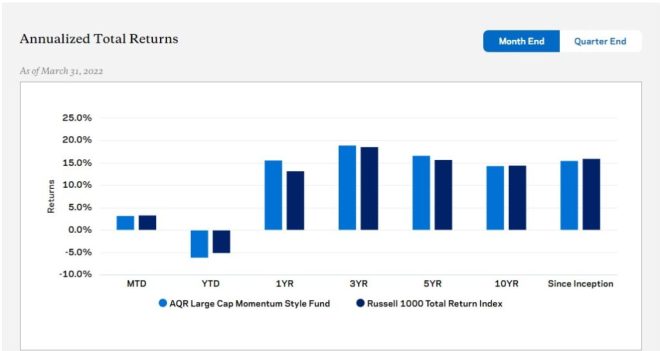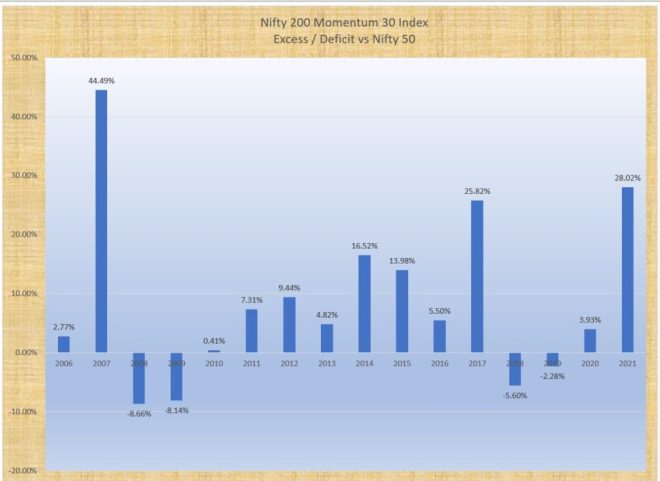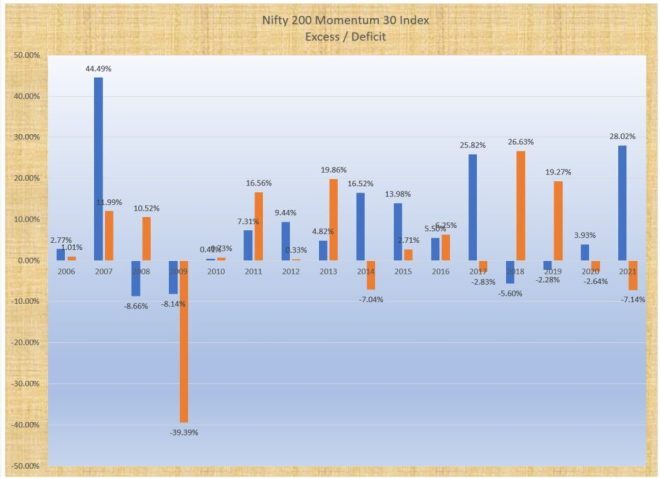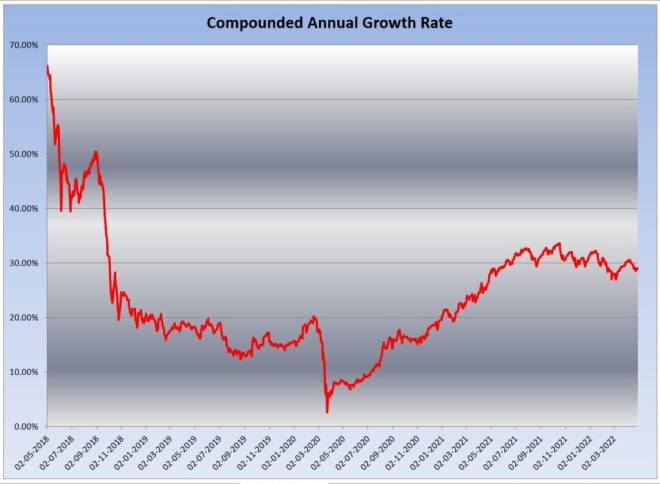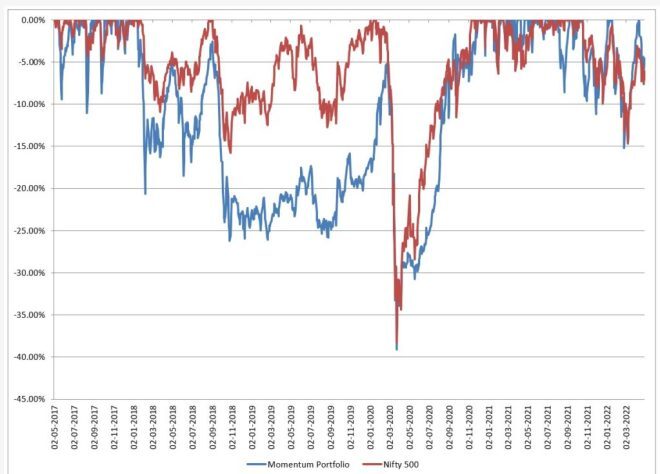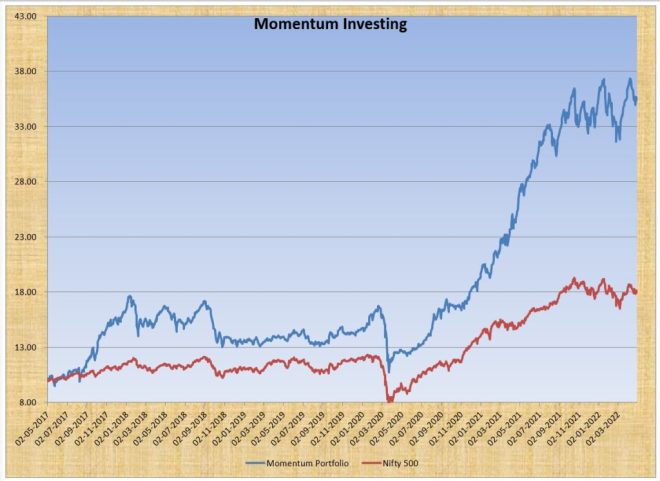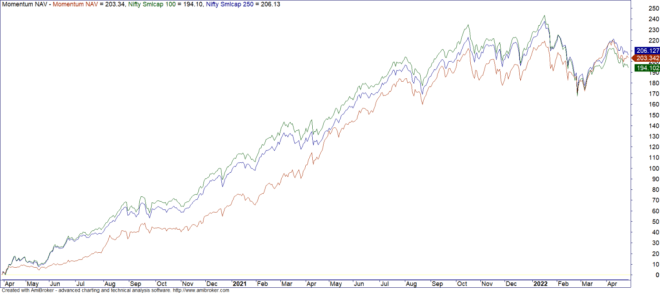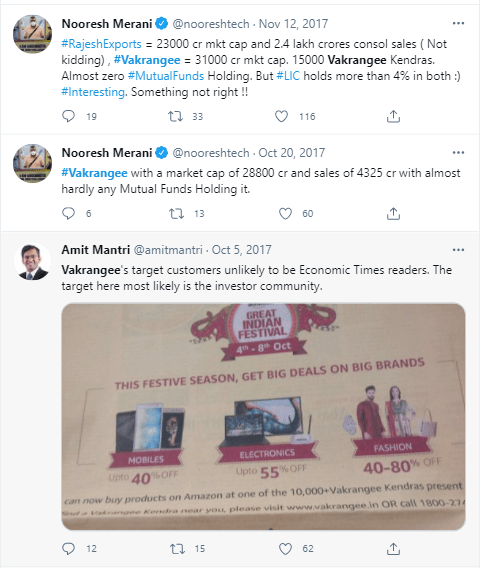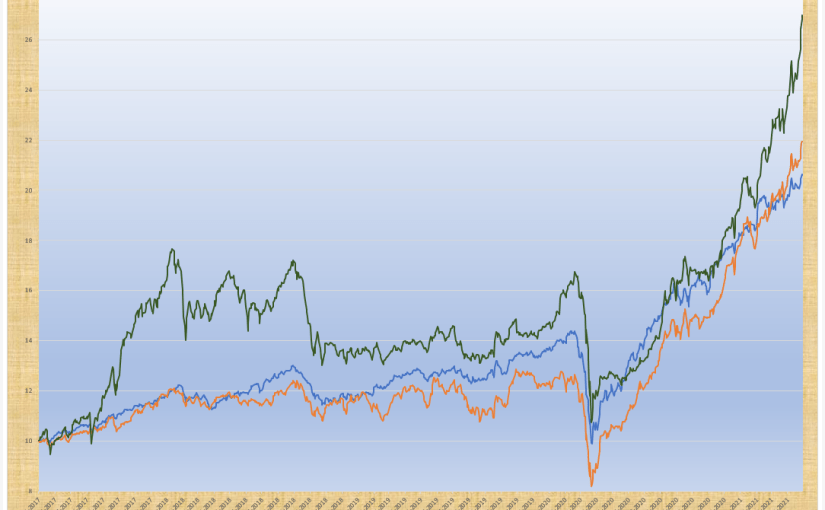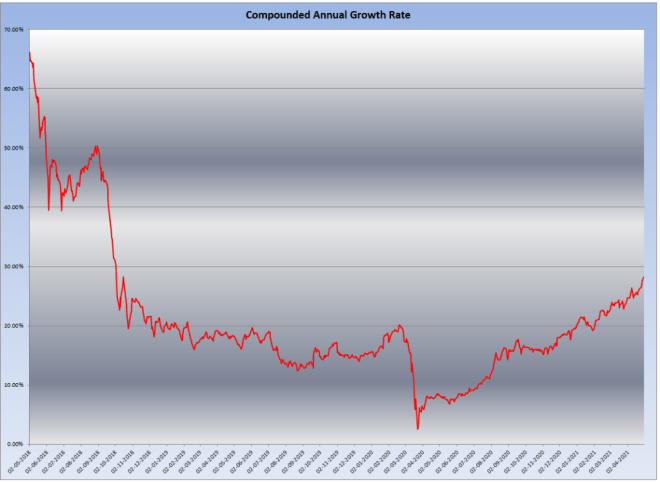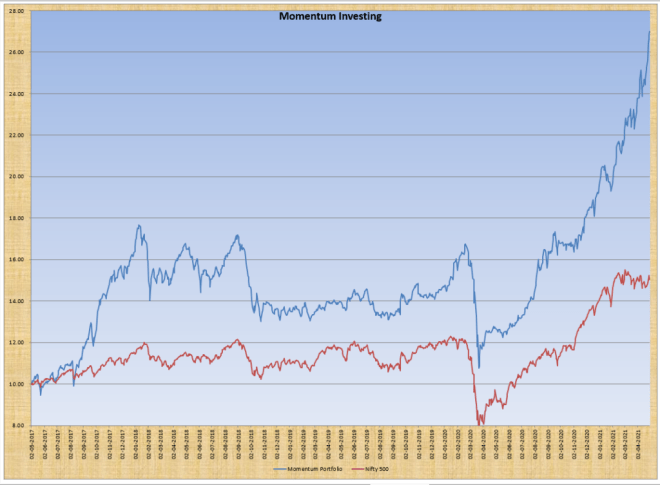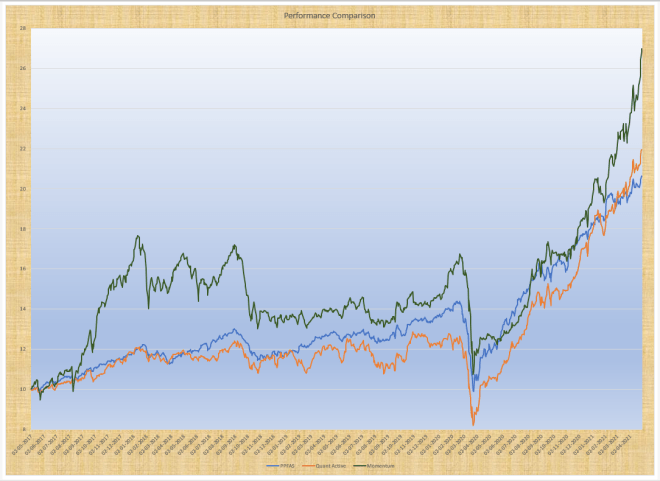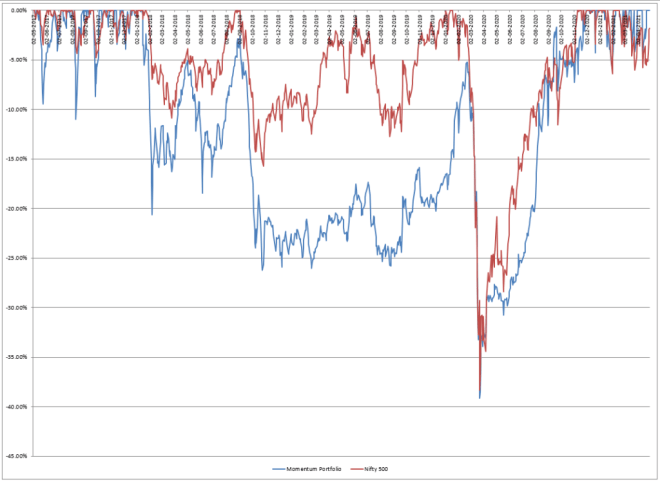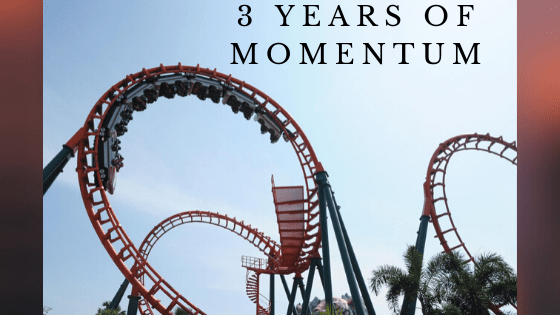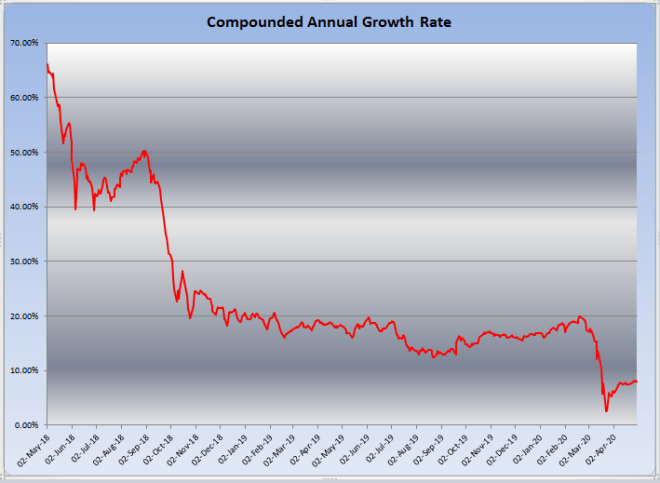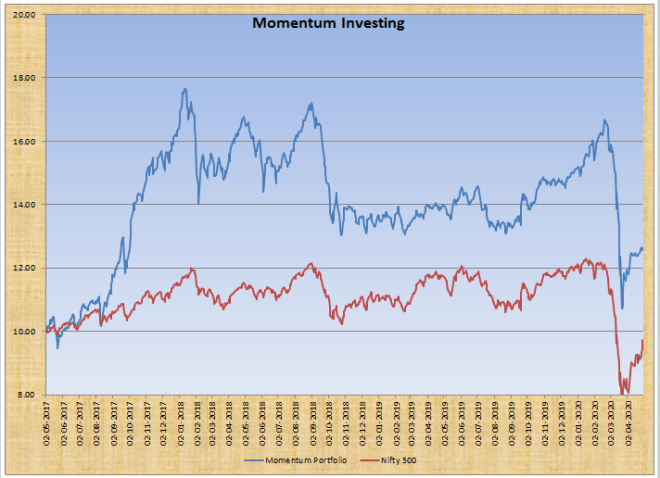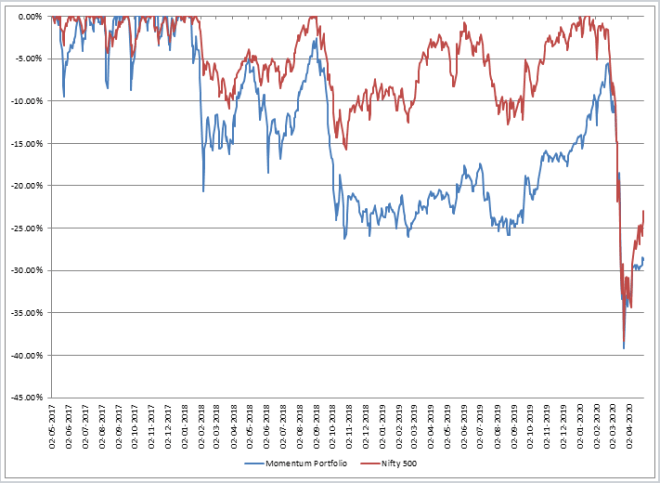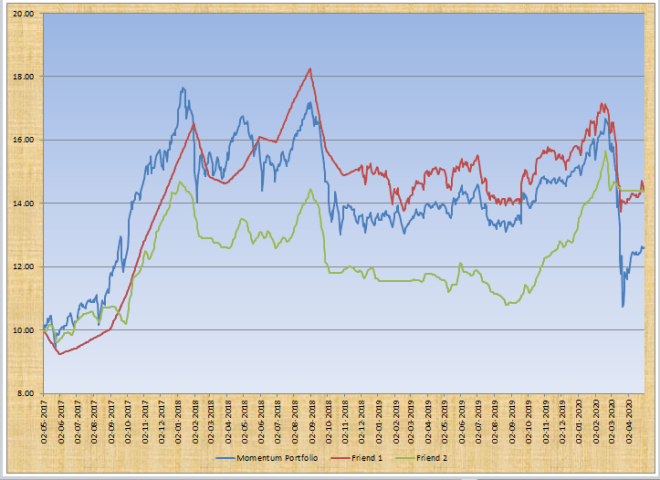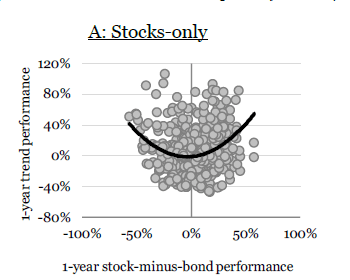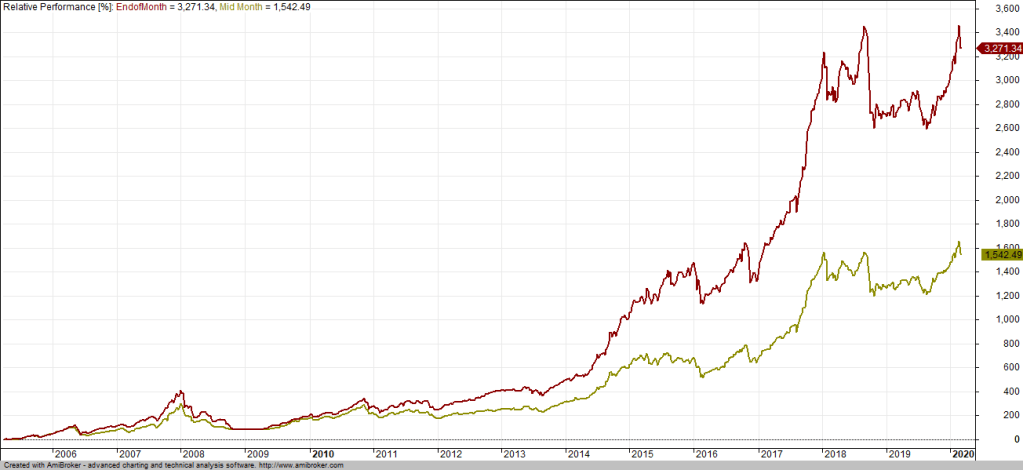Contrarian investing is described as buying when no one wants to buy and selling when no one wants to sell. Much of value investing in many ways is contrarian investing.
In the book, Contrarian Investing, the Authors say that any stock that fulfills 2 out of the following 4 criteria can be considered as a buy
- A PE Ratio less than12
- A Price to Free Cash Flow ratio less than 10
- A Price to Sales ratio of less than 1
- A price to book value ratio less than 1
Not too different from a Value Investors screener for choosing stocks. When you search for Mutual Funds whose fund names have “Contra”, on ValueResearch, they are bundled with Value Funds.
Talking about the Berkshire Annual General Meeting, Morgan Housel wrote this,
It’s 40,000 people, all of whom consider themselves contrarians. People show up at 4 am to wait in line with thousands of other people to tell each other about their lifelong commitment to not following the crowd. Pluralistic ignorance at its finest.
Being contrarian is doing something that goes against the grain of logical thinking. Much of investing is not really contrarian. This is not to say Contrarian investing is not possible. Investing in a sector when it’s facing bad times for instance is often seen as contrarian investing.
I myself have done this more than a couple of times, the last being
I think investing against the herd gives off the zing that doesn’t come with normal investing. Here is the comparison chart of Nifty Realty with Nifty 50 and my own personal Momentum PF.
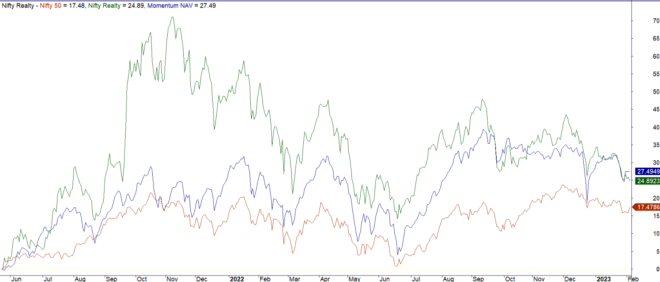
Lot of times, Contra Investing can also overlap with Distress investing. Wanna buy Pakistan Bonds?
The biggest issue with Contrarian investing is position sizing. Bet too small and even if right, it may not move the needle. Bet too much and if things go wrong, your returns shall never make it to the benchmark for years.
But there is a certain fascination / ego to say one is a contrarian for it suggests that one is better than the herd. But we are in more ways than one always part of the herd.
Recently I finished reading “Samurai William: The Adventurer Who Unlocked Japan”. It’s an impressive book that looks at the first Europeans who landed in Japan. But what the discovery (for Europeans for Asians had trade relations with the country going back centuries) was the fact that this was financed by risk talking gentlemen sitting in London.
In a similar vein, I think in today’s world, the true contrarian investors are “Angel Investors”. Unlike PE funds or VC funds, Angel Investors are risking their own money in investments most of which they very well know shall fail.
In the secondary market, I think one of the most hated strategies has to be Momentum. BAAP takes the limelight because of just one fund manager there to be bashed.
When one speaks about Momentum, most confuse Discretionary Momentum Trading and Systematic Momentum Investing. While both try to buy stocks that are going up, the key difference is in risk management. Systematic has a set of rules to ensure that when things don’t work out, and they don’t 50% of the time, we have an exit to end the agony.
In discretion, we are left to our own devices and given our behavioral biases and heuristics, the probability of cutting down when things aren’t working out is much tougher. Many traders for instance have a concept called “Mental Stop Loss”. Rather than placing the order on the terminal, the idea is to have the same in the mind and execute when it’s triggered.
Most of the time, stop loss means that the trade is already at a loss. The probability that the trader will actually go ahead with the trade is less than 100%. Most of the time this leads to bigger losses but once in a while, the trade rebounds to profit and the mind registers this as a reason to not place the order.
At the end of March 2020, my portfolio had been devastated by the markets. On 1st April, my strategy told me to sell 25 of the 30 stocks I held and buy 10 as replacement (50% went to Cash due to paucity of stocks to buy).
Despite practicing Systematic Investing for nearly 3 years and Systematic Trading for more than a decade by then, my first instinct was to override. Why not hold onto the stocks given my view that the worst could be over. Being overweight in financials, a few of my investments were down 40% and more – not easy to book losses of that nature especially when the holding period was just a month or two for many.
Thankfully I choose to follow the system. Thankful because as I wrote in my previous post, The Itch”, the cost isn’t just about money. In this case, in hindsight, sticking to the system gave a better return than if I had just stuck with the stocks even though many did recover in time.
The toughest issue with Momentum Investing is not just behavioral. Buying at highs and selling many a time at what seems to be the low point is tough. Tougher is the lack of a convincing argument on why the action needs to be performed.
Jim Simons had started to taste success in his fund. But that did not stop him from trying to influence what trades to make. Thanks to his team, he was not allowed to mess up the system.

Snapshot from the book, The Man who Solved the Market by Gregory Zukerman.
There is this misconception that systematic trading or investing is easy when in my own experience it’s not. The reason is that a system asks you to jettison all your own thoughts, views and just follow the machine. But we are not machines.
Systematic strategies are easy to follow when the going is good. The utopia of making money, even if it’s inline with the market allows the mind to feel it’s in control. But the trouble starts when one has a losing streak and regardless of systems, every system shall have its downtime.
Mulvaney Capital runs a systematic trend following program. It has had a blockbuster 2022 with a return of 89% for the year. Since its inception in 1999, it has generated a CAGR of 14% vs 4.50% for S&P 500. A fabulous outperformance indeed.
But long term returns can hide short term pains and it’s the same here too. The fund had a fantastic 10 years since its inception. 2000 to 2010, it generated a CAGR of 19% vs a negative return of 1.4% by the S&P 500.
But in the next 10 years (2011 Jan to December 2020) yielded a CAGR of just 2.88% vs a return by S&P 500 of 11.55%. Talk about underperformance. Two short years later, the CAGR since 2011 Jan is now greater than S&P 500.
Most CTA’s have low assets under management with the management most of the time having their own money greater than the rest of clients combined. The pressure the fund manager faces during those trying times is unmeasurable.
Momentum strategies will have similar periods of no returns too. In the back-test, we saw that the 2008 peak was not comprehensively taken out till late 2013. The returns were inline with Nifty 50 but that is of little help to someone who has to keep managing the portfolio (Weekly / Monthly as the model maybe).
As a contrarian fund manager says in the book, Contrarian Investing,
Compatibility between investor and investment style is one of the most overlooked concepts in the investing field. What works very well for one investor may be disastrous for another. I think that’s why a lot of investors fail. They may have a good investment strategy or technique, but they’re not comfortable with it because it’s not compatible with their natures. The result: they don’t stick with it.
Much better to temper enthusiasm when things are good and develop enthusiasm when things look bleak. This is what contrarians do and it helps them stay the course.
All good investing is Value Investing, says Charlie Munger. I would add that all good investing is Contrarian in nature.
PS: As I was writing this post, I was also listening to songs from the Telugu Movie Shankarabharanam. In many ways, the movie was a contrarian. It featured a debutant for the key role while also allowing a newbie singer, SPB, to sing the fabulous songs. The movie broke records and is seen as one of the best Telugu movies ever. Risk many a time can pay off very well.
